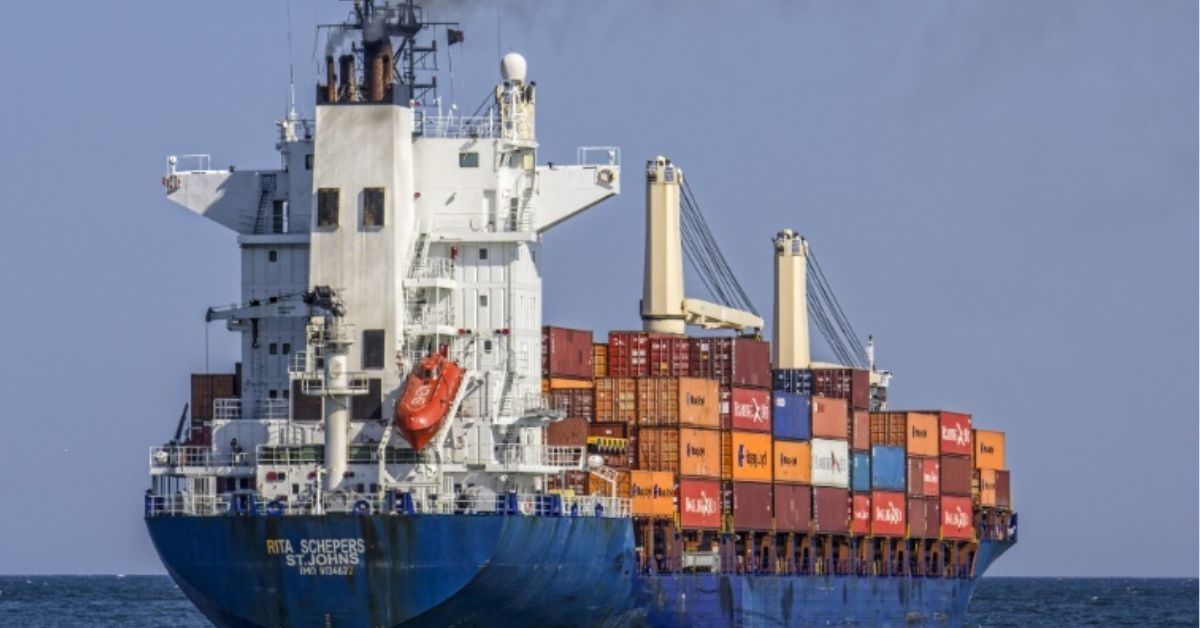On the westbound India-Europe trade, average short-term contract rates from West India [JNPA or Mundra Port] to Felixstowe/London Gateway (UK) or Rotterdam (the Netherlands) have risen to US$550 per 20-foot container and US$650 per 40-foot container, from US$525 per 20-foot container and US$600 per 40-foot container at the end of July.
For West India-Genoa (the West Mediterranean) bookings, August contract rates have stood at US$675/TEU, from US$650, and US$650/FEU, from US$600, the analysis found.
However, eastbound cargo (imports into India) rates for these port pairings have continued to fall, month-on-month. According to the analysis, average rates have slid to US$650/TEU, from US$750, and US$750/FEU, from US$850, for bookings from Felixstowe/Rotterdam to West India, whereas rates for shipments from the West Mediterranean (Genoa) to Nhava Sheva/Mundra have remained steady, at US$350/TEU and US$500/FEU.
Contract prices on the India-US trades have also moved up, month-on-month, thanks to a wave of general rate increase (GRI) attempts by major carriers. Average rates in August for shipments from West India (Nhava Sheva/Mundra) to the US East Coast (New York) have increased to US$1,875/TEU, from US$1,500, and US$2,050/FEU, from US$1,800. For Indian container loads moving to the US West Coast (LosAngeles), rates have seen no major changes from end-July levels, hovering at US$1,600/TEU and US$1,700/FEU.
Also, for the West India-US Gulf Coast (Houston) trades, there have been no changes in rate levels, month on month, at US$1,875/TEU and US$2,575/FEU, according to the analysis.
Contract rates are expected to rise again as major carriers, including Mediterranean Shipping Co. (MSC), CMA CGM, and Hapag-Lloyd, have lined up another round of GRIs for India-US cargo, from early September.
Short-term contract rates on the US-India trades (return leg) have continued to stay at the averages seen in July, at US$475/TEU and US$550/FEU from the US East Coast to West India, and at US$1,000/TEU and US$1,150/FEU for US West Coast-West India bookings.
August average rates from the US Gulf Coast to West India have stood at US$800/TEU and US$1,100/FEU, reporting no changes from end-July trends.
Rates on intra-Asia trades out of India have also remained steady month on month, with the exception of North China bookings, the CN analysis reveals. For West India-Yantian (South China), the analysis has put average rates at US$115/TEU and US$230/FEU, while for West India-Central China (Shanghai), rates have hit rock bottom levels at US$10/TEUand US$15/FEU, versus US$30, respectively.
For West India-North China (Tianjin) trades, August rates have decreased to US$65/TEU, from US$75, and US$125/FEU, from US$130, respectively.
Similarly, for Indian cargo to Singapore, there have been no noticeable changes in the rate trendline –at US$10 for both TEU and FEU bookings, according to the CN analysis.
For Indian shipments to Hong Kong, carriers have continued to accept bookings at US$10/TEU and US$15/FEU, with no changes month-on-month.
Average July prices for a TEU booking West India-Jebel Ali/Dubai shipments have ticked up to US$60/TEU, from US$50 a month ago, while for FEU bookings, rates have seen a further drop, down to US$130, versus US$150 in July.
With Indian export volumes slumping, it remains to be seen if carriers will be able to rally the modest rate recovery seen in recent weeks.
According to new data released by the Indian Ministry of Commerce & Industry, Indian merchandise export trade, by value, saw a 16% fall in July, down to some US$32.3 billion, marking the sixth straight month of decline.
“Sluggish global demand conditions, especially in economies like China and the EU, coupled with the contraction in growth, have led to the continuous decline in exports in recent months,” stated A Sakthivel, president of the Federation of Indian Export Organisations (FIEO).
Sakthivel further noted, “Manufacturing across the Eurozone and the US has contracted due to persistent policy tightening measures by both the US Fed and the European Central Bank.”
He also pointed out: “Further, with Asian economies showing mixed bag, economies across the continent struggled to maintain the momentum. The softening of the commodity prices has also pulled down value-wise exports.”
Sakthivel went on to explain: “One of the main key reasons for moderating pace of growth in merchandise exports significantly in 2023 has been because of ongoing geopolitical tensions, disruption in the global supply chain due to Russia-Ukraine war, monetary tightening and recessionary fears, which has continuously led to a fall in consumer spendings across the globe especially in advanced economies.” However, FIEO expressed optimism that the pace of Indian exports will rebound in the coming months with fresh orders kicking in for the holiday season.







